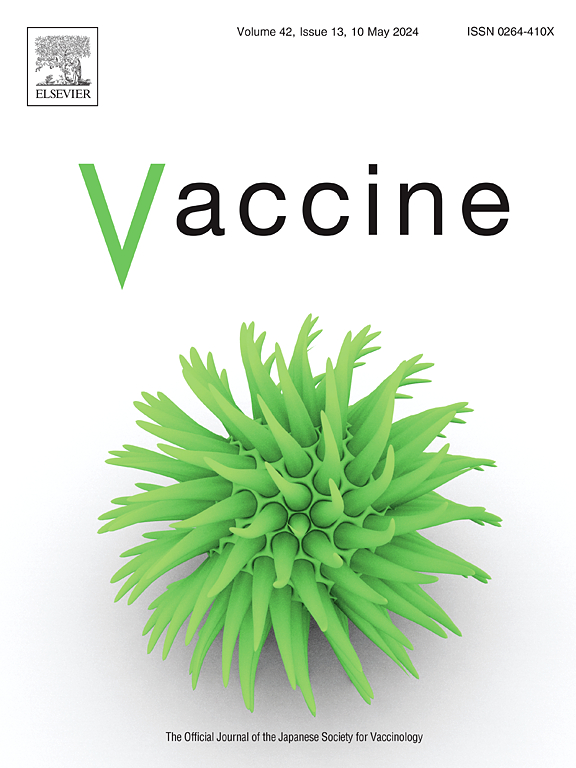Evaluating concurrency and gaps between self-report and vaccine card data for COVID-19 vaccination
IF 4.5
3区 医学
Q2 IMMUNOLOGY
引用次数: 0
Abstract
We compared self-reported vaccination to vaccine card data to assess concurrency in a sample of Black young adults in Georgia, Alabama, and North Carolina. We described vaccine card versus self-reported data over time and examined discrepancies in reporting between these two sources. Results indicated strong currency suggesting collection of self-reported data may be an acceptable proxy to requiring official vaccine documentation. However, since 58 % of participants did not upload a vaccine card, finding should be applied with caution. Minor differences were found and were generally due to boosters that were self-reported but were not on cards. The discrepancy in number of vaccines and boosters was likely because COVID-19 vaccination has become routine and vaccine cards are not being updated regularly. At this stage in the pandemic and for other vaccinations that become routine and are administered at pharmacies, self-report may be a reliable indication of the number of vaccinations received.
求助全文
约1分钟内获得全文
求助全文
来源期刊

Vaccine
医学-免疫学
CiteScore
8.70
自引率
5.50%
发文量
992
审稿时长
131 days
期刊介绍:
Vaccine is unique in publishing the highest quality science across all disciplines relevant to the field of vaccinology - all original article submissions across basic and clinical research, vaccine manufacturing, history, public policy, behavioral science and ethics, social sciences, safety, and many other related areas are welcomed. The submission categories as given in the Guide for Authors indicate where we receive the most papers. Papers outside these major areas are also welcome and authors are encouraged to contact us with specific questions.
 求助内容:
求助内容: 应助结果提醒方式:
应助结果提醒方式:


